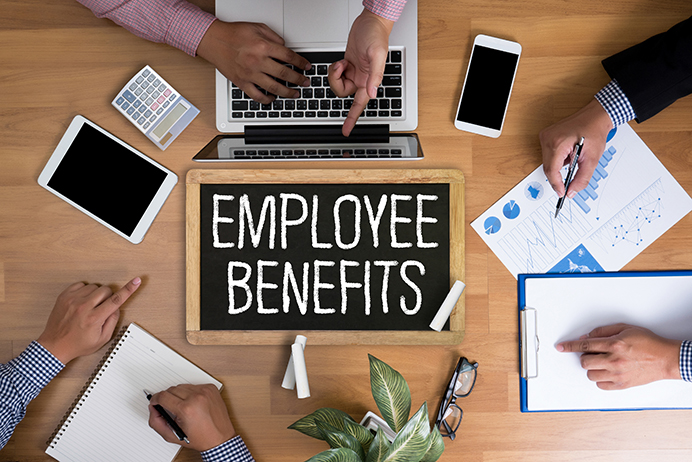Top 3 Pitfalls Of All-In-One HR Tech
Trinet. Zenefits. Namely. Gusto. Now Rippling. The all-in-one HR tech space keeps heating up, with a seemingly insatiable appetite for platforms that take care of everything HR—from onboarding and payroll to benefits administration. So when does all-in-one make sense as a company, and who ultimately benefits? The last few years have seen a huge spike in all-in-one SaaS companies entering the HR space. Some, like Zenefits, flew too close to the sun and got out of their comfort zone. They retrenched and began targeting companies below 100.
Under 100 employees: The All-In-One HR Tech Sweet Spot
At this size, HR teams are at the bottom of their hierarchy of HR needs; companies are really just trying to get off the ground. Administrative functions are handled by founders, co-founders, and office managers/recruiters. It’s not typical to have an HR generalist until a company has 50 full-time employees. In the old days, pre-Zenefits, companies called Professional Employer Organizations (PEOs) pooled small companies together to offer better rates on health plans, eventually bolting on other HR services, including payroll. Today, this ecosystem is thriving and highly competitive.
Sweet turns Sour over 100
Where does this model break down? Arguably, the market for <100 employee companies is massive. According to data from the U.S. Census Bureau, firms with fewer than 100 workers accounted for more than 98% of employers in 2016.
But as companies get larger, priorities change. No longer is it "just scrape by and survive". The next focus is to evolve both the administrative workflows and processes as well as the benefits program.
For HR and Payroll
The main questions come down to the following:
- What use cases does my payroll need to be able to support to get my organization to the next level? (multi-state, international, handling eligibility, etc)
- How do our processes efficiently scale?
- Finally, in an era of rising costs, the question inevitably comes down to this: “What are the best benefits I can get for each corporate dollar spent?”
ADP, Workday, Oracle
They all exist in this larger ecosystem where company policies are more sophisticated and processes are more intertwined. So why can’t all-in-one HR tech scale beyond this size?
The top 3 pitfalls
1. Your workflow outgrows all-in-one HR Tech
Your workflow over 100 employees is more complicated for an all-in-one system (AIO). AIO breaks down here because it no longer really is a true AIO. 401(k)? HSA? FSA? Commuter? How many of these systems really fall within your AIO platform? More importantly, how do they sync with your payroll? (View the HRIS/payroll vendor comparison chart).
2. Your all-in-one system starts to feature creep
Some vendors in this space start feature-creeping, building on system architectures that were designed for more simple use cases.
3. Tech alone doesn’t solve HR; you need the right partners
At some point, it’s not just automation—it’s about advisory, compliance, strategy—aspects of systems building that are anathema to pure SaaS plays looking at managing overhead. The definition of ‘customer success’ in tech usually falls into software utilization, not core benefits and true HR competency. With the retrenchment of Zenefits away from companies larger than 100, other all-in-one companies have stepped in to fill the gap. While these companies offer great software features, the same issue remains—their entire business model is predicated on feature selling, and their feature list is long—and growing. What gets left by the wayside? Better benefits.
All-in-one isn't "auto-magic"
Better benefits require careful analysis, an understanding of company culture, and most importantly, a commitment to helping the customer achieve their benefits goals as they scale. It’s what many traditional brokers have traditionally done well. But they lacked the technology to truly solve the workflow problems that kept HR in the untenable position of having to sit between benefits and technology.
Better Benefits requires a human touch + data + technology

Lumity provides a better benefits experience for you and your employees. We take a partnership approach, providing human expertise, data-driven insights, and technology so your internal HR team can focus on forward-looking strategy. Learn more about our service + software, or check out our client success stories to see what we've done for companies such as Greenhouse, GoFundMe, and Wealthfront.





